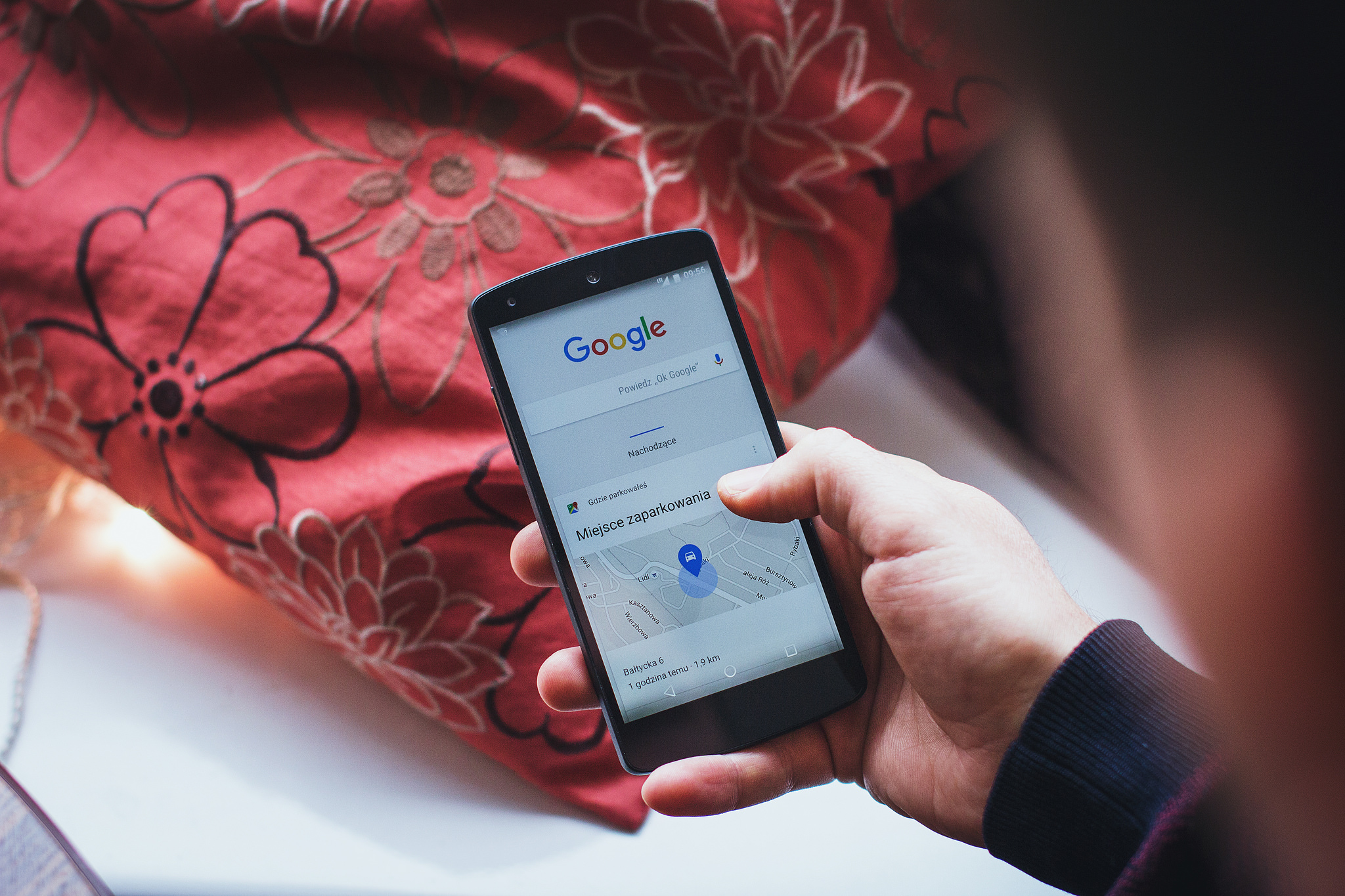 NEWS
NEWS
 NEWS
NEWS
 NEWS
NEWS
New data published by Google Tuesday has revealed that Android Lollipop is now the most used version of the search giant’s mobile operating system.
The stats show the combined share of Lollipop 5.0 and 5.1 (16.9 percent and 19.2 percent respectively) is 36.1 percent in early March, passing the previously most used version, Android KitKat (4.4), at 34.3 percent.
Marshmallow, a.k.a. Android 6.0, released in September 2015, still has an awfully long way to go to until it even has a reasonable market share, coming in at the measly 2.3 percent, although with new flagship handsets such as the Samsung Galaxy S7 going on sale and running it, getting to possibly as much as a 10 percent marketshare by the end of the year will not be a hard task.
Older versions of Android are still prominent in the stats, with Android Jelly Bean (4.1/4.2/4.3), released between July 2012 and July 2013, retaining a still significant market share of 22.3 percent, while older versions are slowly fading away, with Android Ice Cream Sandwich (4.0, December 2011) coming in at 2.3 percent, Android Gingerbread (2.3, February 2011) 2.6 percent and Froyo (2.2, May 2010) bringing up the rear with a 0.1 percent share of Android usage.
VentureBeat points out that it should be noted that the data comes via the Google Play Store app, which requires Android 2.2 and above to operate, meaning that devices that are running older versions of Android, or devices that don’t have the Play Store installed (specifically Amazon Fire tablets) are not included in the numbers.
Although we’ve said this before, it bears repeating that Android still suffers from a massive distribution problem due to a model that does not allow Google to push out updates for phones (its Nexus line excluded), but instead relies not only on smartphone manufacturers but telcos as well.
It works like this: Google releases a new version of Android, which then goes to smartphone makers who customize it for any phones they feel are deserving, and this usually means only more recent phones are given attention.
Once the manufacturer releases an updated version for specific phones in their lineup, users can’t then upgrade, because that would be too simple (it is possible to do it manually, but not via the update option on the phone). Instead that new version is then picked up by the telco, who then decides which handsets they could be bothered customizing it for (such as putting their own apps in the distro), and then, by the grace of God, pump it out to users on their network.
In reality, what happens is that only major telcos actually bother doing this, and then when they do they usually only offer it to flagship devices, so everyone else who potentially is able to upgrade to a new version of Android doesn’t get the option unless they’re game enough to install it manually.
There’s no easy answer to this problem, but the longer it occurs the more fragmented the Android market becomes.
Ultimately Google needs to sit down with smartphone makers and come up with a solution that assures users of all handsets are able to get an updated version on Android if their devices support it.
THANK YOU